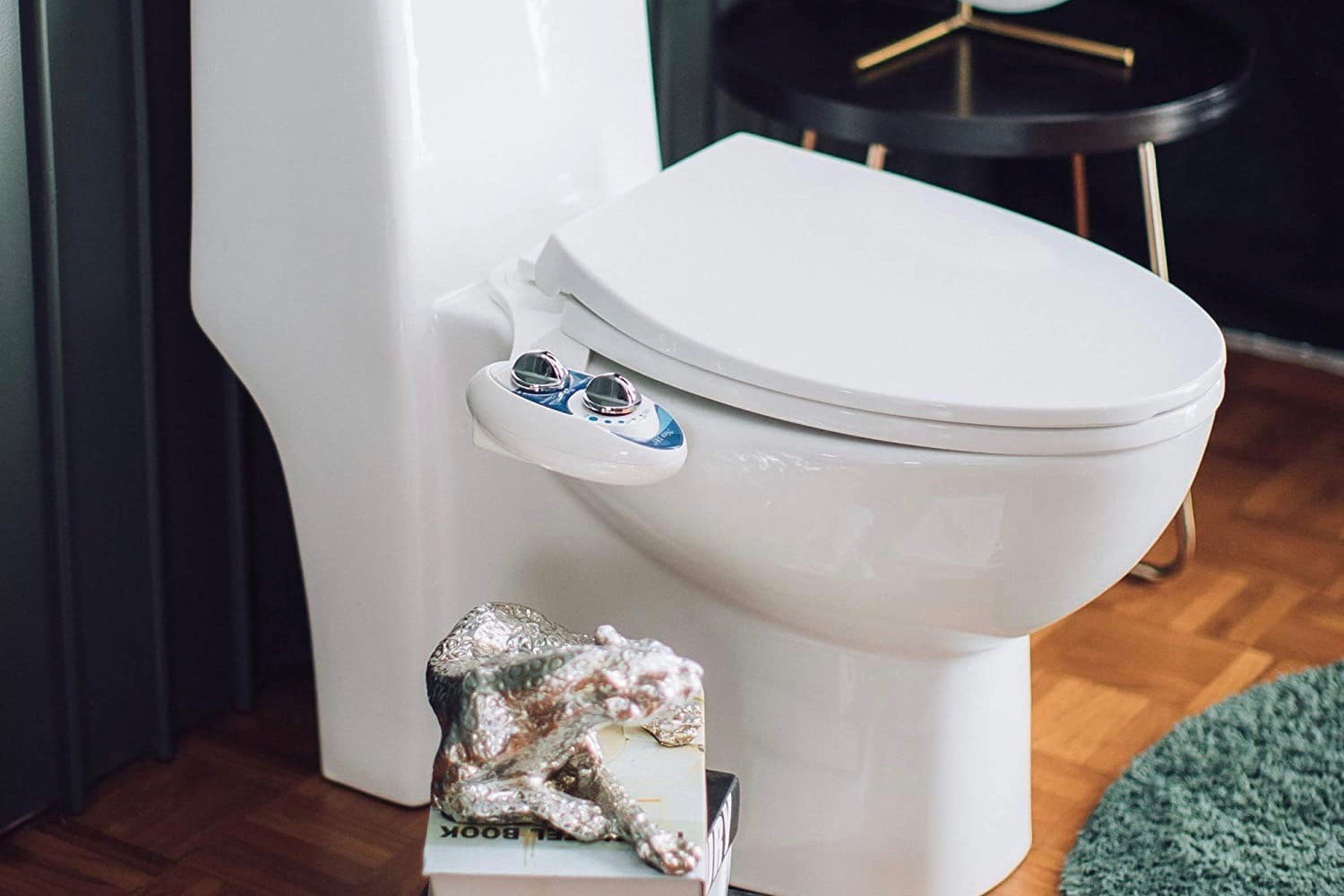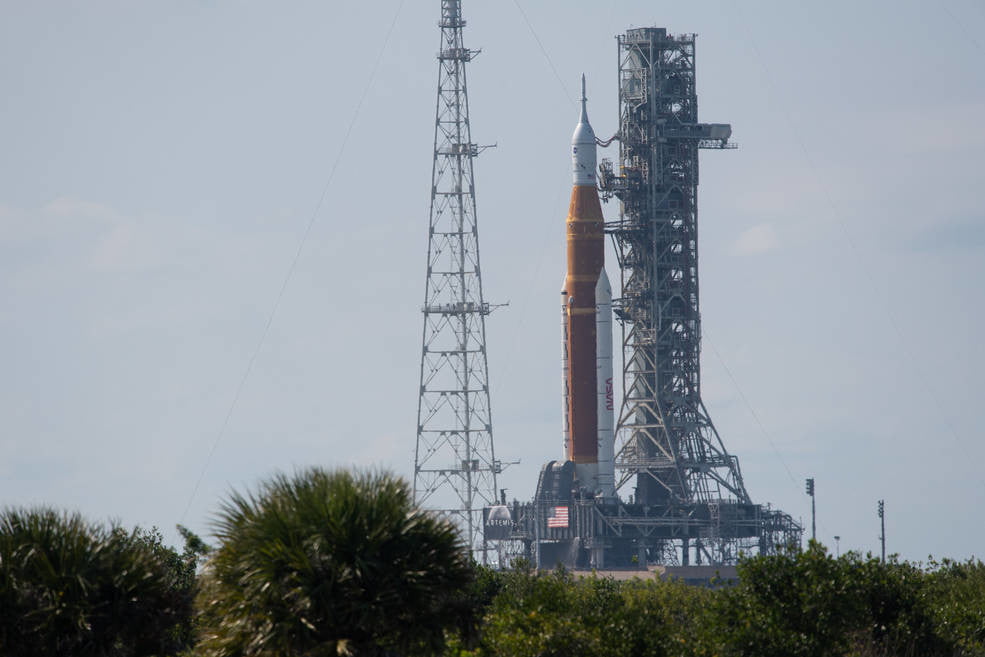While bidets present a superior option for a squeaky clean butt, you may have heard that they’re also an environmentally friendly option.
After all, a high-powered stream is doing the cursed work of cleaning your nether regions. Why would you need toilet paper for anything other than a light dry-off? Let’s dive into it.
How bad is toilet paper production for the environment?
Let’s start with the plight that toilet paper introduces to our ecosystems. A whopping 14% of the wood we cut down is used by the global paper industry. One estimate suggests America needs 31 million trees annually to cover their toilet paper usage.
That’s not even counting the significant amount of water, electricity, and emissions needed to process the wood into velvety-smooth pulp. Producers argue they only use the scraps from the mill to make toilet paper, not whole trees. Make of that promise what you will. Suffice to say, we need trees to stick around to continue to sequester CO2 and maintain healthy biodiversity. We’re currently clearcutting at an unsustainable rate.
There is recycled toilet paper. Good for you taking a little roughness in the tender areas for the sake of the planet. Unfortunately, pledges by the big players in toilet paper to adopt a greater proportion of recycled content have been slow to materialize.
An alternative like bamboo fiber grows quickly and sustainably, with 30% lower emissions than other virgin pulp. That said, it is a bit pricier since it’s a niche market. You can find some useful rankings for toilet paper brands here, but we can save you a click and recommend Who Gives a Crap and Green Forest as the top rated of the bunch.
How bad is using toilet paper for our environment?
Toilet paper degrades through the miracle of modern waste management, but it’s not without its challenges. Namely, you’ve got folks who mistake wet wipes for toilet paper, which end up giving grease something to latch onto post-flush, creating fatberg behemoths that cripple sewers in London.
Even as toilet paper gets dissolved, it becomes food for the microbes that are making a heroic escape from your body. Wastewater treatment centers bear the brunt of the biogas released from the unholy sludge-feast these microbes are enjoying, but those methane emissions are significantly less than those produced in pulp and paper manufacturing.
American wastewater produces the equivalent of about 15 million metric tons of CO2 globally each year, while pulp and paper is closer to 24 million tons. After wastewater is processed, the solid residue is composted. All of that is to say, used toilet paper isn’t that bad for the environment.
Do bidets actually reduce toilet paper usage?
Americans lead the pack when it comes to toilet paper usage, totaling about 141 rolls per year per person. Meanwhile, most of the world uses bidets. Many don’t even support toilet paper flushing, opting instead for folks to bin it.
One of the bigger questions among the bidet-curious is the issue of drying. If you’re hosing down your crack after going to the toilet, then just continue on your day, aren’t you haunted by swamp-butt the whole time? If you have to wipe what’s left anyway, what’s the point?
Some bidets have warmers built in to do the drying for you. On the more low-tech side, especially eco-conscious folks keep a towel dedicated to the duty. Even if you do need to keep a roll by the can, you’ll be using far less of it than you would otherwise. Though you’re using a little squirt of water, you’re saving water that would otherwise be used to treat and make the extra toilet paper you’d need, especially from virgin pulp.
Should I buy a bidet?
Yeah, you should buy a bidet! It’s a one-time purchase that will keep a lot of trees in the ground, and keep your butt cleaner. Plus the feature range on bidets is fascinating. You have not truly lived until a Japanese bidet has simulated a warm, roiling tsunami on your bum and capped off the experience with a pleasant 8-bit jingle.
What bidets should I consider?
There are a lot of different bidets on the market with varying price points and feature lists, but these are some of the best in terms of ease-of-use — especially for those new to the world of bidets.
Installation is often intimidating, which is why the Tushy Classic Bidet Toilet Seat Attachment is a great option. It only takes about 15 minutes to install, and at $50, you won’t break the bank buying it.
If you’re trying to find a bidet that the whole family can use (and that has a different feature for everyone in the family), consider the Coway Bidetmega 400R. It’s pricy at $400, but includes features like a heated seat, night light, and more.
No matter what bidet you invest in, you’ll find yourself feeling cleaner after every trip to the bathroom — plus, you can always feel good about improving the environment.


